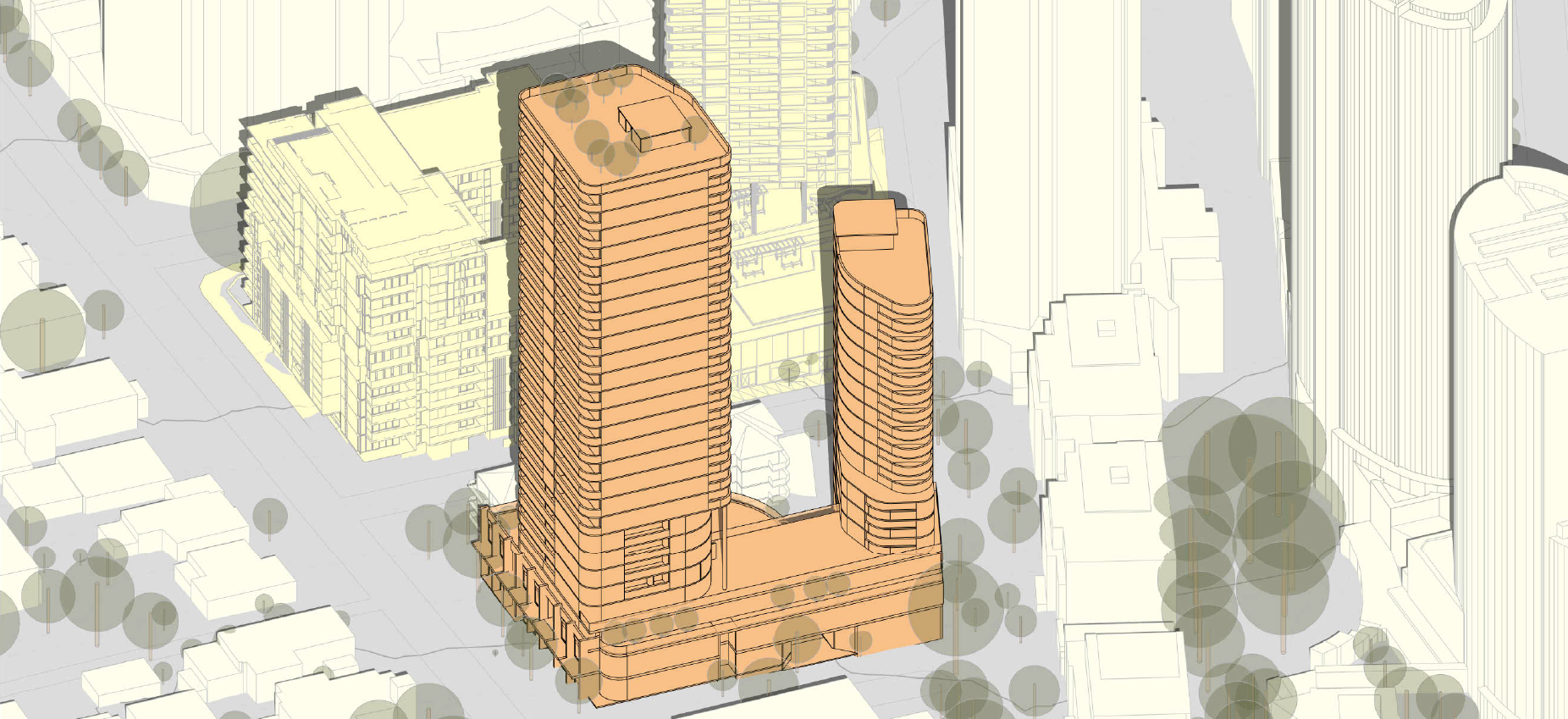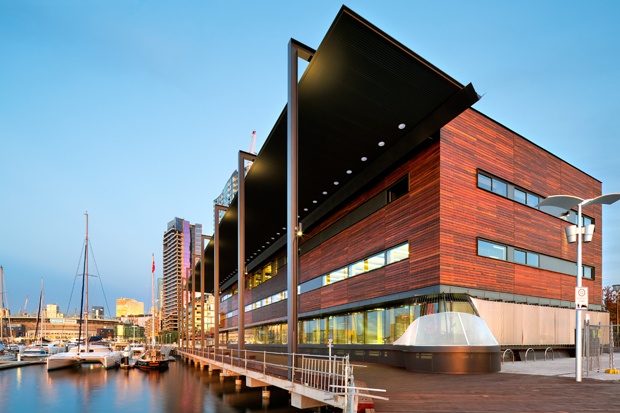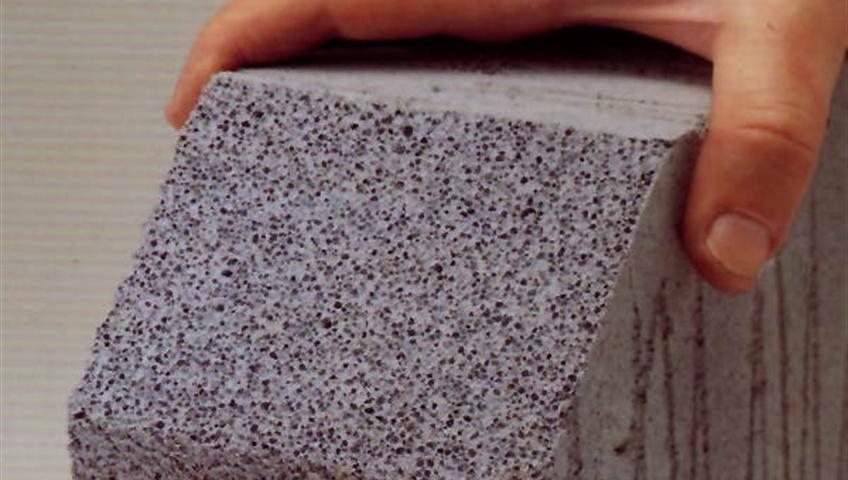Visual Impact Assessments (VIA) are an essential process used to evaluate the potential environmental impact of proposed projects on the surrounding community. These assessments help identify potential negative effects on the environment, wildlife, and people.
2 min read
Emerging Technologies of Visual Impact Assessments
By Jamie Bonnefin on Apr 20, 2023 11:46:28 AM
Topics: ESD Emerging Materials Sustainability Energy Climate visual impact assessment
3 min read
5 Quick Tips for Sustainable Home Design
By Deniro Stocks on Apr 30, 2020 4:12:02 PM
We've found 5 quick and easy tips that will help guide on how to make your decisions in building a sustainable home.
Topics: Design ESD Glazing Emerging Materials Sustainability Energy Efficiency Climate Residential
3 min read
The Basics of Passive Cooling
By Deniro Stocks on Apr 26, 2020 8:35:24 PM
Passive cooling is the cheapest method of cooling a home, and as an added bonus is incredibly environmentally friendly. No matter the climate you live in, you'll be using passive cooling to some extent throughout the year.
Whether you live in an apartment or a larger home, your home can be built or modified to allow you to take advantage of passive cooling systems to help you achieve greater comfort. If you already rely on mechanical cooling systems (like air conditioners) you can reduce your energy costs by combining these with passive cooling.
Choosing the most appropriate passive cooling strategies for your home should be guided by the climate you live in. We've listed some of the basic strategies below to get you started!
Topics: Design ESD Emerging Materials Sustainability Energy Efficiency Climate Materials Cooling
10 min read
Top 5 Algae-Powered Innovations for your home
By Paulina Solis on Feb 22, 2018 4:00:00 PM
As the reality of climate change inches closer, the need to search for new and innovative ways to power our lifestyles continue.
While the idea of using living organisms as a source of power amd light and light may at first thought sound closer to something out of a sci-fi movie, algae as a source of power could be a real alternative that is both viable and ethically sound.
Algae continually and quickly grow via photosynthesis and have bioluminescence qualities [1]. As the fastest growing organic material on our planet [2], algae is being looked into as a creative and environmentally friendly substitute in the fields of construction and design.
Topics: Design Emerging Materials
4 min read
Crossing Expectations: Cross Laminated Timber
By Ilvy Bonnefin on Mar 8, 2017 10:36:03 AM
How CLT Is Becoming the Next Star of the Building Industry:
Discovering newer and more sustainable materials for use in construction, is one of the key focuses of designers today. Aiming to find a material which performs the same as conventional construction methods, which also reduces the impact on the environment is a difficult task. However, with the ever increasing demand for sustainable materials many innovative technologies have emerged which attempt to fill the void. One such material is Cross Laminated Timber or CLT.
Topics: Emerging Materials Sustainability
2 min read
Green Roofs: New Materials and BASIX
By Jamie Bonnefin on Nov 4, 2016 4:24:06 PM
Ever growing in popularity, green roofs and green infrastructure are becoming more and more common in architectural practice, used for both their aesthetic value, reclaiming a traditionally underutilised space, as well as for their innate thermal performance qualities improving the thermal comfort of a building whilst also promoting biodiversity.
Topics: BASIX Emerging Materials Accreditations Construction Residential
2 min read
Materials and BASIX: Autoclaved Aerated Concrete (AAC)
By Jamie Bonnefin on Oct 28, 2016 4:20:15 PM
Autoclaved Aerated Concrete (AAC)
Being conscious about the amount of raw materials used in building products is a key concept when trying to design efficiently, aiming to reduce the overall embodied energy of materials. Autoclaved Aerated Concrete or as it is more commonly known AAC, is an example of a building material that aims to reduce the overall raw material requirements whilst maintaining as many of the original product's structural and functional properties. This is achieved by creating air pockets within the concrete (aeration). These pockets of air have many benefits besides just reducing the amount of materials required to manufacture it.










